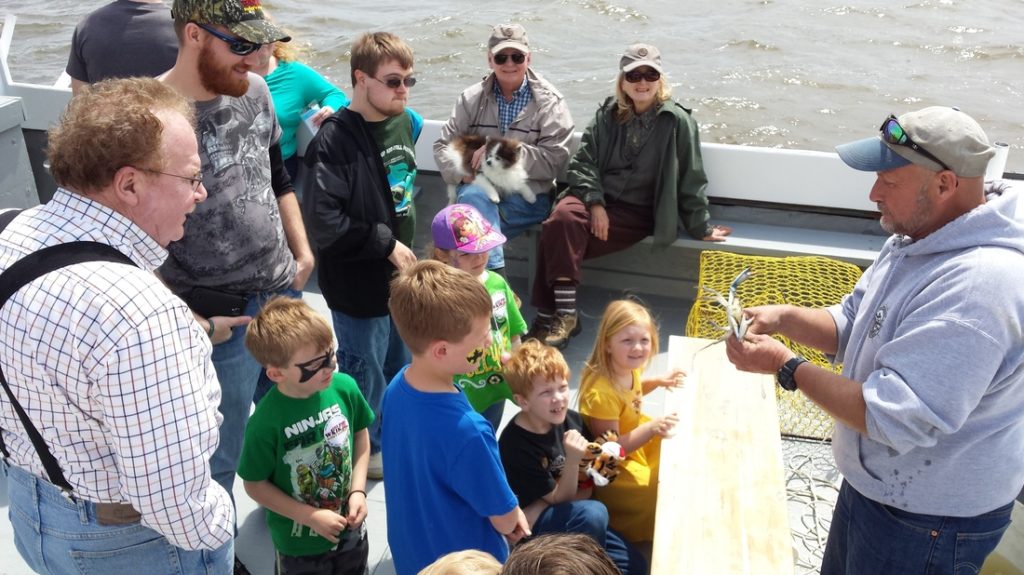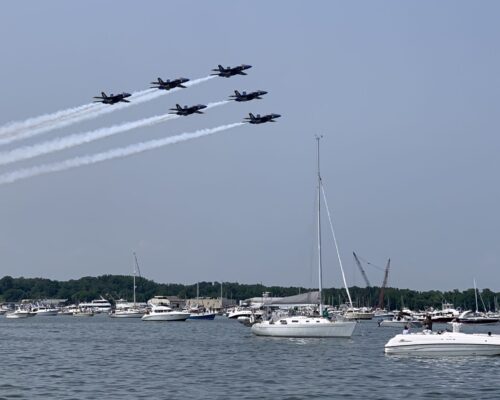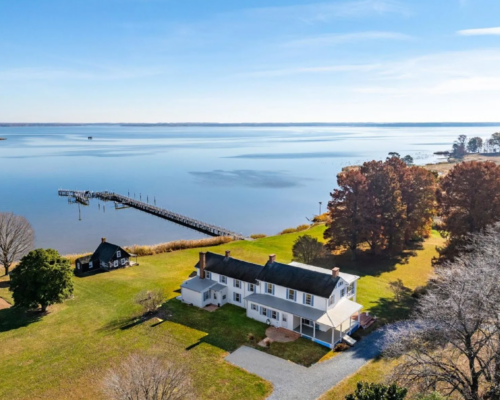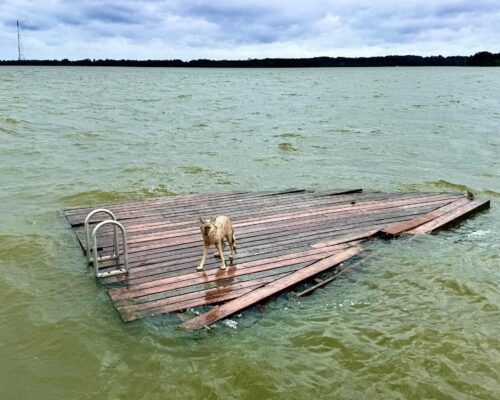An innovative new program gets personal to showcase Bay heritage
Carol Dunahoo grew up on Maryland’s Eastern Shore, but her family wasn’t from there. She didn’t really get to know her childhood home intimately until she returned a few years ago, after moving away at the age of 18. And only then, after stumbling upon Matchcoat Sojourner in 2018 and joining their “Smith Island Crab to Cake Heritage Tasting Adventure,” did she begin to gain an insider understanding.
“It’s because of the storytelling,” she says. “I can go to Smith Island by myself and rent a room in an Airbnb, but I would never have the opportunity to sit down with a woman who’s married to a waterman, who works six jobs, who shows us how to pick crabs but also tell us what it’s like to live there in a very personal way. It provides an understanding in more personal terms what the tension feels like preserving all of your traditions and making your way in the modern world.”
Matchcoat Sojourner, which offers heritage foodway tours with local people in the Chesapeake Bay region, is the creation of Jennifer Trice and her partner (and best friend) Patty Lake, both from old Dorchester families. “It’s a highly personalized, small-batch, heritage foodway tour business,” Trice says. “We revisit our shared heritage through taste, on land and water.”
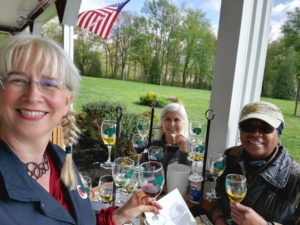
Getting local people to open up and share with outsiders and guests on this level requires a lot of trust, which is one of Matchcoat Sojourner’s strengths. Trice and Lake walk the walk: Lake is an award-winning oyster shucker and muskrat skinner, and Trice takes visitors fishing where her great-grandfather was born in the 1860s.
But here’s the big news: Matchcoat Sojourner is part of a new, inspiring program spearheaded jointly by the Maryland Department of Tourism and the National Park Service, called Chesapeake Bay Storytellers. To date, the initiative has trained 40 different Storytellers (including Trice and Lake), representing 30 different local businesses, including educators, museum directors, captains, chefs, watermen, and more.
The stars aligned to create this unique program. “When we kept hearing from our watermen and -women, charter boat captains, fishermen, and oystermen that their livelihoods were threatened, we wanted to provide a solution to help them diversify their economies and help sustain them when times were lean,” says Marci Ross, Senior Assistant Director for Tourism Development, Maryland Department of Commerce Office of Tourism. “We heard it enough that we knew we needed to do something.” But they weren’t sure what.
Around 2018, the National Park Service’s Chesapeake Bay office brought on new leadership that was interested in knowing what was going on around the Bay, and they started talking. “We asked, ‘Could we partner’?” Ross says. Yes, they could. And thus, the Chesapeake Bay Storytellers program was born.
The Storytellers’ intense training program delves into the history, culture, and ecology of the Chesapeake, which they can use to augment their own unique position in and their own storytelling about the Bay region. Visitors benefit from local knowledge, with a broader understanding of the Bay in general.
“This program can’t be found anywhere else in the world,” Ross says. “It’s a match made in heaven.”
Capt. Phil Langley from Fish the Bay Charters is another Storyteller. A lifelong resident of southern Maryland, whose family has been here for generations, he’s had his captain’s license for 38 years. He takes people on fishing charters, sunset cruises, and watermen tours.
“On the heritage tour, we start the trip with a brief synopsis of my background in the area,” he says. “We load them on my 48-foot traditional vintage Chesapeake Bay-style boat. We put crab pots in the Bay, we talk about the life cycle of crabs, the importance of crabs in the ecosystem, how crabs grow, reproduce, spawn.”
They then discuss the history and importance of lighthouses on the Chesapeake Bay at Point No Point Lighthouse (his mother’s side were lighthouse keepers for generations), and check out his oyster lease on St. Jerome Creek. “After discussing the oysters, we go back and enjoy some of the crabs that have been steaming, served with vinegar, Old Bay, salt, and pepper.”
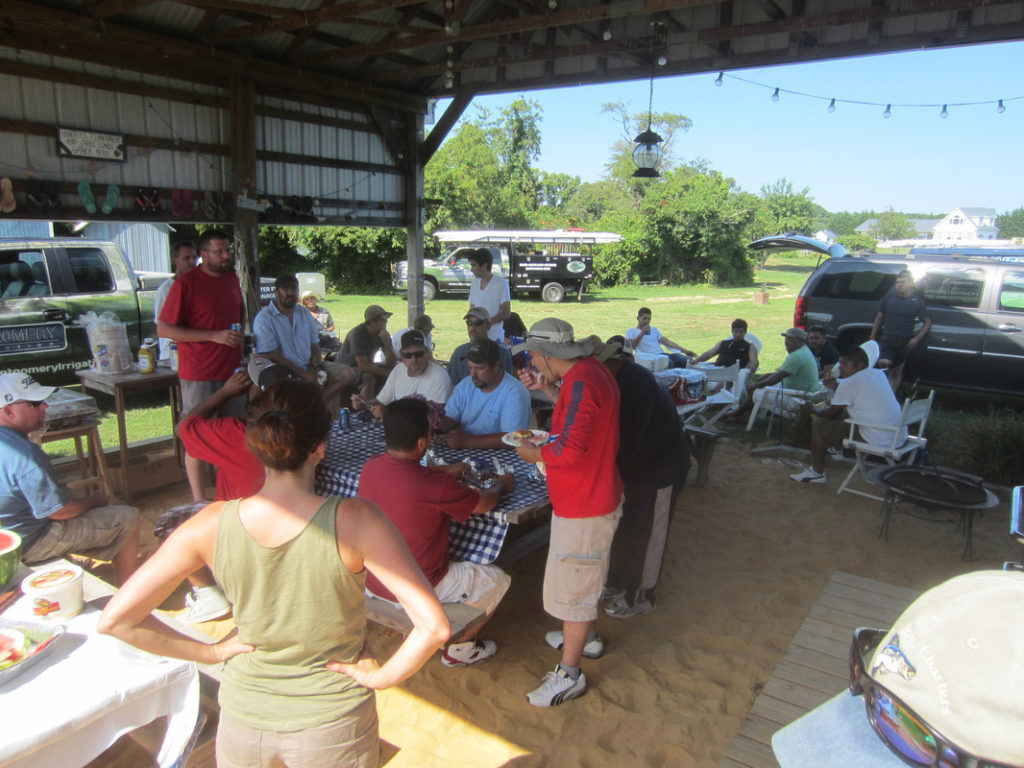
Davis Jones, with Shardana Sailing Charters, is a captain on a 42-foot Catalina out of Rock Hall and takes visitors on half-day to five-day sails around the Bay. “We get people who have never been on a sailboat to very experienced sailors who don’t have their own boat,” he says. “I personally get a lot of interest in introducing the sport to people.”
Sailing is also a way to slow down. “It gives you an idea of what it was like historically, when all boats were sailboats,” Davis says. “The realization of what it meant to deliver goods and services—and people—up and down the Bay at a slower rate than what we do now.”
Other Storyteller adventures include kayaking Mallows Bay, around one of North America’s largest fleet of shipwrecks; cruising aboard a reproduction of an early 19th-century Baltimore clipper; delving into local history along the Harriet Tubman Trail (she was born near Cambridge); even hunting for giant fossilized shark teeth with Megalodon Adventures charters in Calvert County. And the list goes on.
But there’s more at play here. The hope of the Storyteller program—and of each Storyteller—is that visitors will come away with a better understanding of the importance of the Bay and its ecology.
“I love to see people’s eyes open up,” Davis says. “Even just explaining where crabs come from, how that works. It’s been very rewarding.”
“I hope everyone who goes out with me learns a bit about the Bay and the ecosystem,” says Capt. Phil. “I hope people will take away the fact that when they build a house or landscape their yard or plant a tree, there are consequences affecting the Bay.”
Maryland Tourism’s Marci Ross became a grandmother during Covid. “His parents live on a tributary of the Bay,” she says of her grandson, “and I think about what he will find and what his kids will find. Part of our goal is that these Storytellers increase interest in the bay through the stories that they tell.”
“[The tours] are terrifically important,” says Dunahoo, “to understand the culture, history, landscape, and way of life, and what we stand to lose if we don’t appreciate it.

